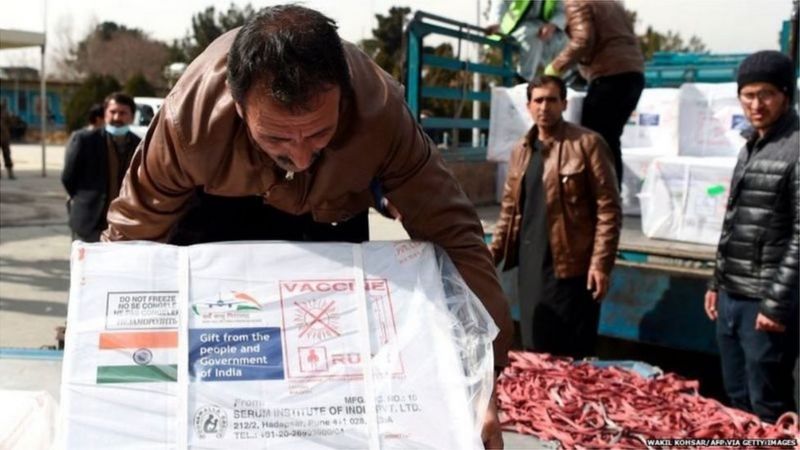Sustainable energy sources are crucial in today’s world, and having access to them may enrich everyone’s prospects in life. A vital component of a nation’s growth and development is a reliable source of energy. Numerous statistics showed that if cost-effective access to energy is made simple, human progress can reach its pinnacle.
Located at the confluence of the world’s energy resources, Pakistan has a strategic advantage. Nevertheless, Pakistan’s energy situation is far from ideal because the state relies heavily on imports and does not have enough energy resources to sustain itself. The import expense is steadily rising as a result of the rising energy demand and shifting energy costs. Pakistan has been experiencing a serious energy problem for the past few decades, as seen by its frequent power outages, increased gas load-shedding, rising prices, and disturbed fuel supplies. Given that energy is a crucial component of national security, Pakistan’s current situation is best characterized as energy insecurity.
Pakistan is trying to explore regional coordination to overcome its energy efficiency. It has also been dependent on energy-rich gulf states like KSA, Qatar, and Kuwait, for oil, LNG, and other petroleum products. However, it is cost-effective to explore CARs, Russia, and Iran nearby. In this regard, there are already a few projects pending like IP, TAPI, and CASA1000. Among them, TAPI is one of the world’s greatest energy collaborations among the states.
In contradiction to IP and PGSP, TAPI is a noncontroversial project with a highly effective outcome. These concerns have been expressed by State Minister for Petroleum Division Musadik Masood Malik last year in December. The government of Pakistan has been active in engaging Central Asian republics and Russia in energy deals. Completion of TAPI is one of the major concerns right now to overcome energy deficiency in the country.
The Turkmenistan-Afghanistan-Pakistan-India Natural Gas Pipeline (TAPI) Pipeline project is one that Pakistan is anxious to get started on right now. The fourth-largest gas reserves in the world are found in Turkmenistan. Turkmenistan would be supplied with 1.4 billion cubic feet of gas altogether. The pipeline will travel from Turkmenistan to Chaman and then on to Multan, where it will be integrated into the Sui companies’ network in Pakistan.
“We are sincerely going ahead with the TAPI project and it would cost $34 million,” Musadik Masood Malik stated in an interview earlier in December.
The pipeline will carry natural gas from Turkmenistan’s Galkynysh Gas Field to Pakistan, Afghanistan, and finally India. In November 2014, Turkmengaz (the biggest shareholder with 85% interest), Afghan Gas Enterprise (5%), Inter State Gas Systems (5%), and GAIL (5%), formed a special-purpose consortium known as the TAPI Pipeline Company (TPCL) to carry out the project. On December 13, 2015, work on the project’s construction began in Turkmenistan. The ceremony marking the beginning of the construction of the Afghanistan-Pakistan section of the pipeline was held in February 2018. By providing inexpensive gas to Pakistan, and India, transit fees for Afghanistan and Pakistan, and an energy market to Turkmenistan, TAPI will benefit the economies of all the member states. Consumers will receive more affordable, cleaner energy, which will boost the economy and lower inflation rates. It will provide earnings or revenues that may be applied to improving the social sectors, particularly those related to housing, health, education, and clean water.
By increasing sub-regional economic cooperation and increasing the usage of natural gas resources, it is predicted that the TAPI initiative would alleviate poverty. It will result in the creation of jobs by increasing sub regional economic activity and increasing the usage of natural gas resources, it is predicted that the TAPI project would alleviate poverty.
Designed to serve for 30 years, the pipeline was expected to commence operations in 2021, but it was stalled. It is expected to transport 33 billion cubicmeterss of natural gas a year. The project’s supporters envision it as a contemporary continuation of the Silk Road. Pakistan has tried to convince other regional actors like Kazakhstan to be part of this project. Similarly, Russian authorities showed a great interest in participating in this project and supplying pipelines to Turkmenistan for the completion of 1st step of this project.
This much-touted and already-delayed gas pipeline project has seen various challenges throughout all this time. In March 2022, it run into trouble as Asian Development Bank (ADB) halted all processing and due diligence operations until the Taliban regime is recognized and legitimized by the UN and major powers of the world. Later on, the Rise of TTP and the government of Pakistan’s growing cold terms with the Taliban while dealing with it, seem like a big hurdle in the successful completion of TAPI in the given time. Therefore, rising uncertainty regarding security conditions in Afghanistan and in the adjusting region of Pakistan is a source of concern for TAPI member states.
The dependence on ad hoc solutions to the issue and ongoing reliance on oil and gas imports show that the energy crisis has not yet been handled by the state effectively. Policymakers still need to craft long-term and sustainable policies including investing in the discovery of indigenous reserves, building hydropower projects, and concentrating on alternative and renewable energy sources. Otherwise, Pakistan’s independent foreign policy will be impacted by the energy crisis. From a geopolitical standpoint, state sovereignty depends greatly on energy security. Foreign providers’ guarantees of consistent energy supply at reasonable prices are always accompanied by a long list of demands that frequently damage a country’s reputation. Therefore, as a result of the nation’s inability to satisfy even the most basic energy requirements of its citizens, investor trust in the state has been eroding, and visions of industrialization and economic self-reliance are still a long way off from becoming a reality.











